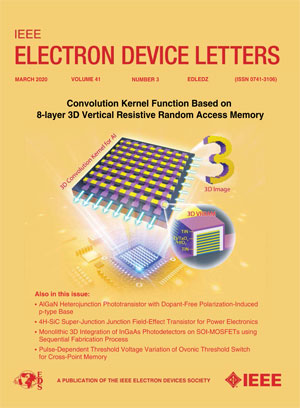Efficient LDMOS Design via Transferable Surrogate Models and Multi-Objective Optimization
IF 4.5
2区 工程技术
Q2 ENGINEERING, ELECTRICAL & ELECTRONIC
引用次数: 0
Abstract
Optimizing LDMOS performance requires balancing breakdown voltage (BV) and specific on-resistance (基于可转移代理模型和多目标优化的高效LDMOS设计
优化LDMOS性能需要在硅限制条件下平衡击穿电压(BV)和特定导通电阻($\text {R}_{\text {on},\text {sp}}$)。传统的基于计算机辅助设计(TCAD)技术的设备设计对于大的参数空间是费时且低效的。这项工作提出了一个机器学习(ML)辅助框架,该框架将初始和微调深度神经网络(DNN)代理模型与多目标粒子群优化(MOPSO)相结合。微调后的DNN仅使用小数据集适应非重叠的扩展设计空间,而在MOPSO期间有选择地应用两个替代方案来评估候选设计,与TCAD相比,能够更快地进行设计评估。SHAP分析揭示了与底层设备物理一致的特性重要性。该框架构建了多种帕累托最优前沿,为复杂性能权衡下的自动LDMOS优化提供了可扩展的解决方案。
本文章由计算机程序翻译,如有差异,请以英文原文为准。
求助全文
约1分钟内获得全文
求助全文
来源期刊

IEEE Electron Device Letters
工程技术-工程:电子与电气
CiteScore
8.20
自引率
10.20%
发文量
551
审稿时长
1.4 months
期刊介绍:
IEEE Electron Device Letters publishes original and significant contributions relating to the theory, modeling, design, performance and reliability of electron and ion integrated circuit devices and interconnects, involving insulators, metals, organic materials, micro-plasmas, semiconductors, quantum-effect structures, vacuum devices, and emerging materials with applications in bioelectronics, biomedical electronics, computation, communications, displays, microelectromechanics, imaging, micro-actuators, nanoelectronics, optoelectronics, photovoltaics, power ICs and micro-sensors.
 求助内容:
求助内容: 应助结果提醒方式:
应助结果提醒方式:


